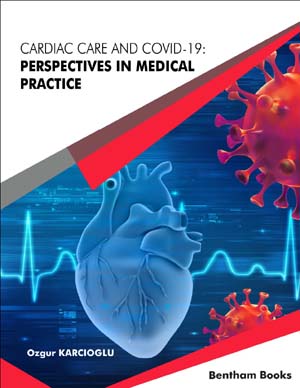Abstract
Acute coronary syndromes (ACS), especially acute myocardial infarction (AMI), is the leading cause of death in the world. These represent damage to the cardiac myocytes in the setting of acute cessation of blood supply. Chest pain is a common presentation in patients with AMI; however, there are multiple non-cardiac causes of chest pain. The diagnosis cannot always be made based on the initial presentation. The emergent evaluation of a patient with probable ACS includes a careful assessment of history, risk factors and presenting signs and symptoms, de novo ECG abnormalities, and workup of cardiac troponins. Validated risk scores, such as HEART, TIMI, and GRACE, can be helpful in predicting outcomes and the likelihood of ACS in a patient with chest pain. ECG should be performed within 10 minutes of presentation. ST elevation MI (STEMI) is diagnosed with elevated ST segments in two consecutive leads on ECG. Likewise, elevated levels of cardiac troponins in the first hours of presentation are mostly a prerequisite for diagnosis.
Although cardiac catheterization is viewed as the standard diagnostic modality for coronary artery disease, exercise testing, stress studies, echocardiography, and coronary computed tomography angiography (CCTA) may be important adjuncts. Cardiac catheterization laboratory (CCL), coronary care units, EDs, EMS, and primary care institutions need to cooperate in unison to produce the best results for public health.
This chapter gives a brief outline of the diagnosis and management of ACS in the pandemic period.
Keywords: Acute coronary syndrome, Acute myocardial infarction, Cardiac catheterization, COVID-19, ST elevation myocardial infarction.






















